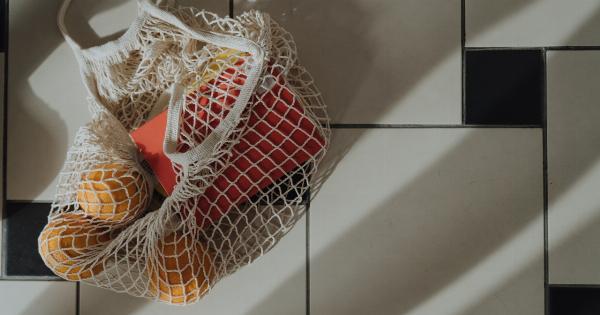Before you can determine how healthy your hair is, it’s important to examine it carefully. Look for any signs of damage, such as split ends, frizziness, or breakage. Assess the overall texture and shine of your hair as well.
Step 2: Consider Your Hair Type
Understanding your hair type is crucial when determining its health. Hair can be classified as straight, wavy, curly, or kinky, and each type has specific characteristics and needs. Take note of your hair type before moving on to the next step.
Step 3: Assess Scalp Health
A healthy scalp is essential for healthy hair. Check for any signs of dryness, dandruff, or irritation. A flaky or itchy scalp may indicate an underlying issue that needs to be addressed.
Step 4: Evaluate Hair Elasticity
Hair elasticity refers to its ability to stretch and bounce back without breaking. Gently stretch a strand of hair and observe how it behaves. Healthy hair should have good elasticity, whereas damaged hair will snap easily.
Step 5: Determine Hair Porosity
Hair porosity refers to its ability to absorb and retain moisture. Fill a glass with water and drop a strand of your hair into it. If it sinks to the bottom quickly, your hair has high porosity. If it floats, your hair has low porosity.
Step 6: Analyze Hair Density
Hair density refers to the number of hair strands on your scalp. Healthy hair typically has a good amount of density, while thinning hair may indicate potential issues. Assess how thick or thin your hair appears.
Step 7: Check for Color Fading
If you dye your hair, color fading can be an indicator of damage. Note whether your hair color stays vibrant or if it quickly fades after dyeing. Fading color may suggest your hair lacks moisture and needs extra care.
Step 8: Pay Attention to Styling Damage
Frequent heat styling, chemical treatments, and tight hairstyles can cause damage to your hair. Look for signs of brittleness, dryness, and breakage in areas that often undergo these styling practices.
Step 9: Consider Overall Hair Health
Assessing your hair’s overall health involves considering all the factors mentioned above. Analyze the cumulative results to determine whether your hair is in good condition or if it requires care and attention.
Step 10: Take Action to Improve Hair Health
Based on your assessment, it’s time to take action. If your hair lacks moisture, consider deep conditioning treatments or natural oil masks. Use heat protectants before styling and opt for gentle hair care products.
Regular trims and a balanced diet can also contribute to healthier hair.






























